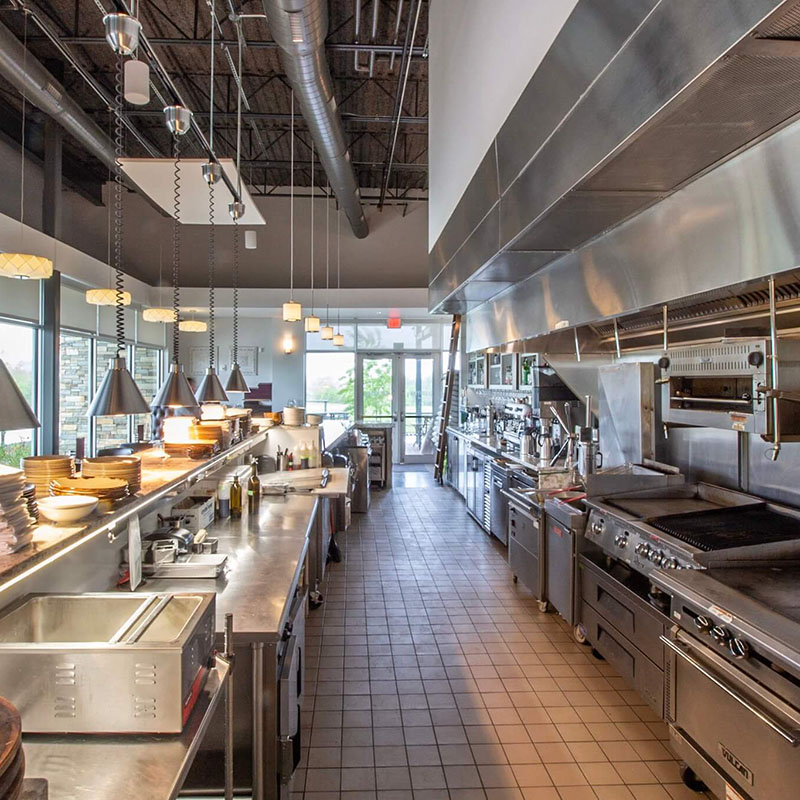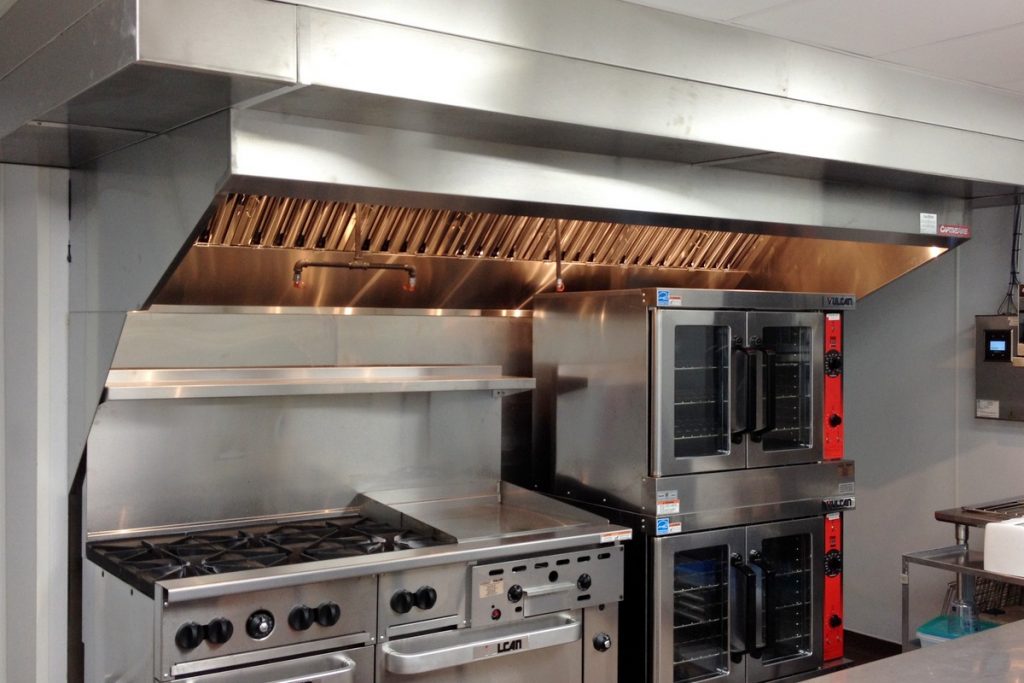Understanding the Challenges of Small Residential Projects Living in a small residential space can present unique challenges, but it also

Proper ventilation is a crucial part of the MEP design of any restaurant business. After all, the kitchen is considered the most important part of any restaurant business. The most complex part of creating a commercial kitchen design is installing the proper CKV system and finding the right hood vent for the restaurant.
So, how do you ensure your commercial kitchen has proper ventilation? Read on to find out! We’ve highlighted some important aspects that will ensure your restaurant’s kitchen has maximum ventilation.
Let’s get into it!

Meeting Commercial Kitchen Ventilation (CKV) Design requirements
Ensuring that your restaurant’s MEP design is legally compliant keeps the local authorities from interfering with your business operations. Most importantly, it ensures that you’re correctly installing and maintaining the commercial kitchen ventilation equipment to ensure the safety of your patrons and staff.
The main role of commercial kitchen HVAC systems is to extract heat and odors produced during the cooking process. Clean and cool air then enters the restaurant kitchen, making the space both comfortable and safe for staff. To sum up, health & safety is the main thing that CKH design requirements seek to accomplish.
When do Commercial Kitchen Ventilation design requirements apply to your establishment?
According to the Workplace regulations 1992 (Health, safety & welfare), employers should provide suitable and effective ventilation in all enclosed spaces, such as kitchens, that need ventilation to ensure a comfortable and safe working environment. Also, mechanical extraction through a canopy hood is needed to remove vapors & fumes, and emit them in a safe location.
The Gas Safety Regulations 1998 (Installation & Use) expand these requirements since they involve gas appliances used in most restaurant premises. Similarly, the Work act (Health & Safety) 1974 indicates that employers have a legal obligation of providing a safe working environment that doesn’t pose a risk to the employees’ health.
Choosing an effective & suitable Commercial Kitchen Ventilation design system!
Commercial kitchen canopy hoods are available in various types and styles, making the selection process quite challenging. However, your restaurant MEP design & build specialist will help you make the right decisions.
Also, it is essential to consider the capture area of the canopy hood you intend to choose. Does it adequately cover the kitchen appliance beneath it? Make sure you consult with the installer to determine the possible and most suitable options for your restaurant. The installer will also help you determine at what height and where to mount the hood as well as whether its exhaust performance will adequately meet your needs.
Overall, when choosing a hood for your restaurant HVAC design, one should;
Important considerations for Commercial Kitchen Ventilation Design
Larger restaurant kitchens usually need a mechanical extraction system that has a filter and a fan. However, the mechanical extraction system of a smaller kitchen can be as simple as air supplied through ventilation grills installed at the doors, windows, or windows. When selecting the commercial kitchen ventilation system for your restaurant, make sure you choose professional industrial systems and maintain them as best as you can.
Apart from odors, fumes and heat play an important role when installing & choosing a ventilation system and positioning the cooking equipment. Moreover, there is a huge difference between cooking processes that emit heat and moisture only and those that create grease and smoke. To make sure that the ventilation system performs well to handle the types of cooking in your kitchen, consult with your installer or restaurant MEP design specialist. In essence, the air extracted via the exhaust hoods should be replaced with the same volume of clean and cool air. Note, the type of cooking that occurs in your kitchen may also influence the type of HVAC system you use in the restaurant.
Lastly, commercial kitchen HSE requirements strongly advise against the utilization of free-standing fans as a form of restaurant kitchen ventilation. This is because fans move in a manner that creates air turbulence, thus distracting or annoying the kitchen staff. Even worse, fans can be an electric shock hazard, causing people working in the kitchen to trip or promote the spread of harmful bacteria.
Final Word
Commercial Kitchen MEP design is a big part of creating a successful kitchen for your foodservice establishment-whether it is a new build or a retrofit. One thing you need to note though is that every kitchen layout has unique equipment requirements to handle a certain type of cuisine. Besides, food production will play an important role in determining the installation process of the equipment in terms of space and location. Other key factors that will influence your restaurant HVAC design are; ventilation, energy source, and equipment size.
At Innodez, our MEP design experts work closely with the client, restaurant design, and other stakeholders to create an effective commercial kitchen ventilation design. More importantly, we ensure that the MEP design plans meet the technical specifications as well as the requirement of employees that work in the restaurant kitchen.
About Author
InnoDez